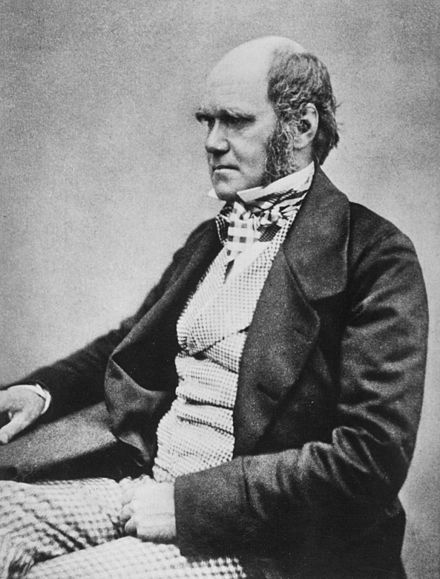In her newly-published autobiography Antonia Fraser opens with a quote from the autobiography of G.M. Trevelyan:
The poetry of history lies in the miraculous fact that once on this earth, once, on this familiar spot of ground, walked other men and women, as actual as we are today, thinking their own thoughts, swayed by their own passions, but now all gone, one generation vanishing after another, gone as utterly as we ourselves shall shortly be gone like ghosts at cockcrow.
I often think of this when walking through Cambridge, the city where I live and work. If one walks down Free School Lane, for example, one passes the lab where Ernest Rutherford and Peter Kapitza worked and where the father-and-son team of William and Lawrence Bragg did the research which earned them both the 1915 Nobel Prize for physics. Also off Free School Lane is the room where J.J. Thomson discovered the electron, the room where, in 1932, John Cockroft and Ernest Walton first split the atom, and the room where, in 1953, James Watson and Francis Crick assembled the double-helix model of DNA. Turn left onto Bene’t Street and you find the Eagle, the pub to which Crick and Watson repaired to inform patrons that they had “found the secret of life”. If you walk down St Edward’s Passage, you will see (over David’s second-hand bookshop) the apartment in which John Maynard Keynes lived with his wife Lydia when they were in Cambridge. On Trinity Street, next to the Great Gate of Trinity, is the window of Isaac Newton’s room. On the other side of the street is Whewell’s Court, where Ludwig Wittgenstein had his spartan accommodation, complete with camp bed and card table.
When I lived in the centre of the city in the 1970s, one of the dustbins in a neighbouring house on Chesterton Lane (owned by Magdalene College) was labelled “I.A. Richards”. Walk down King’s parade and you pass the college where, in 1969, I attended E.M. Forster’s 90th birthday party (an event hosted by Francis Crick), where Bernard Williams was the Provost and where Alan Turing was both a student and a Fellow.
And so it goes on, seemingly ad infinitum. There’s Christ’s College, the college of John Milton and Charles Darwin (where they have restored Darwin’s room to its original state). And the Master’s Lodge in Peterhouse, where Herbert Butterfield once lived. And…
I once thought of organising a walking tour on the theme of “Cambridge ghosts”. Who knows, maybe I still might, one day.
